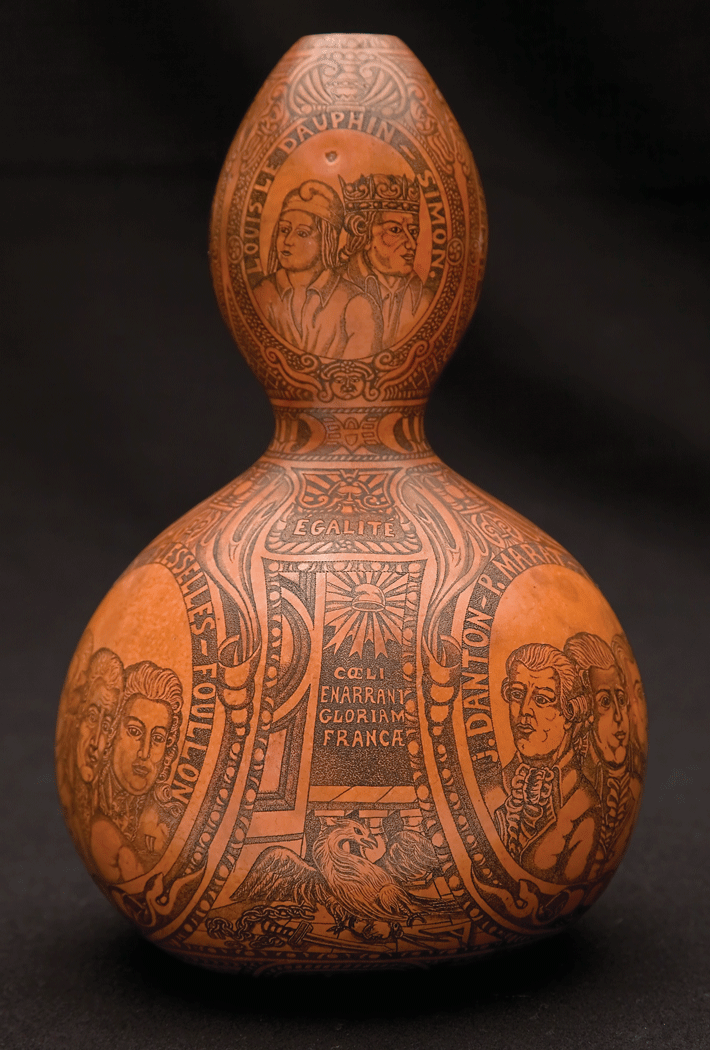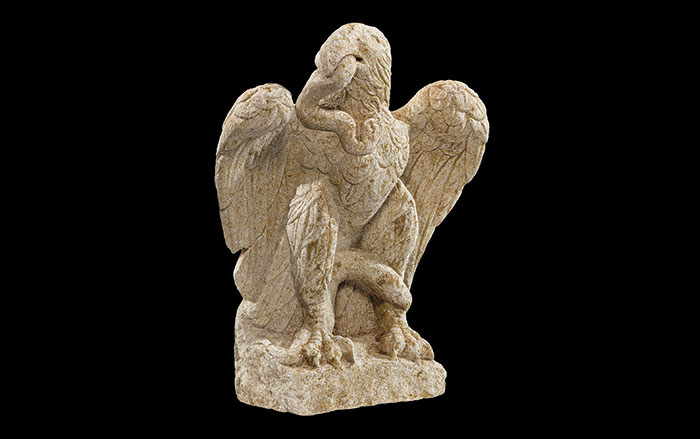
When Louis XVI went to the guillotine on January 21, 1793, spectators dipped handkerchiefs in his blood as souvenirs of the French Revolution. One hanky reportedly ended up in a hollow gourd decorated with figures of the revolution, such as Maximilien de Robespierre and Jean-Paul Marat. Over the following 200 years the rag dissolved, leaving just a bloodstain, while the hollowed-out squash itself passed into the hands of an Italian family.
In 2009, the family enlisted paleogenomicist Carles Lalueza-Fox, of Barcelona’s Pompeu Fabra University, to verify that the blood in the gourd was in fact Louis XVI’s. Lalueza-Fox sought out a DNA sample from a member of the House of Bourbon, the royal lineage to which Louis XVI belonged, as a basis of comparison. In the process, he found himself in a genetic quandary that called into question the authenticity of not one, but two, purported relics of the French Revolution.
In the late 1990s, Jean-Jacques Cassiman, a forensic geneticist at Catholic University of Leuven in Belgium, had authenticated a preserved heart that reportedly belonged to Louis XVII, Louis XVI’s son who died at age 10. He did this by isolating mitochondrial DNA, which is passed from mother to child, from the heart and comparing it with genetic material from hair belonging to Louis XVII’s mother, Marie Antoinette. Lalueza-Fox asked Cassiman for a sample of Y-chromosome DNA, which is passed from father to son, to authenticate the gourd blood, but the Belgian team had been unable to extract any from the heart.
Lalueza-Fox instead turned to a much more suspect relic, a mummified head thought to belong to Henry IV, a Bourbon who ruled France approximately 200 years before Louis XVI. Upon his death in 1610, Henry IV was embalmed, but his head had gone missing in 1793, when the grave was pillaged during the revolution. The badly preserved head was rumored to have been his.
Lalueza-Fox was only able to compare six genetic markers between the head and the gourd blood, but five of those markers, including one that’s exceedingly rare, matched. While he could not definitively say the blood belonged to Louis XVI, Lalueza-Fox explains, it was roughly 200 times more likely that the blood’s donor and the head’s owner were paternally related than unrelated.
However, a study released in October, led by Cassiman, might make the comparison moot. Cassiman compared sections of the Y chromosomes of the mummified head and the gourd blood to that of three descendants of the Bourbon family and found they did not match—though they are related to each other, the two relics in question were likely not royal in origin. “For the blood, I’m 100 percent certain it is not original,” says Cassiman. “For the head, the DNA that has been analyzed is not of Henry IV.”
Lalueza-Fox agrees with Cassiman’s assessment. “One possible explanation would be that both relics are forgeries and that, by bad luck, we retrieved a partial Y-chromosome profile that was almost identical between them,” he says. “It is difficult to understand building an object like the gourd and putting the blood of someone else inside. But in the eighteenth century, many false relics were forged for economic reasons.”









